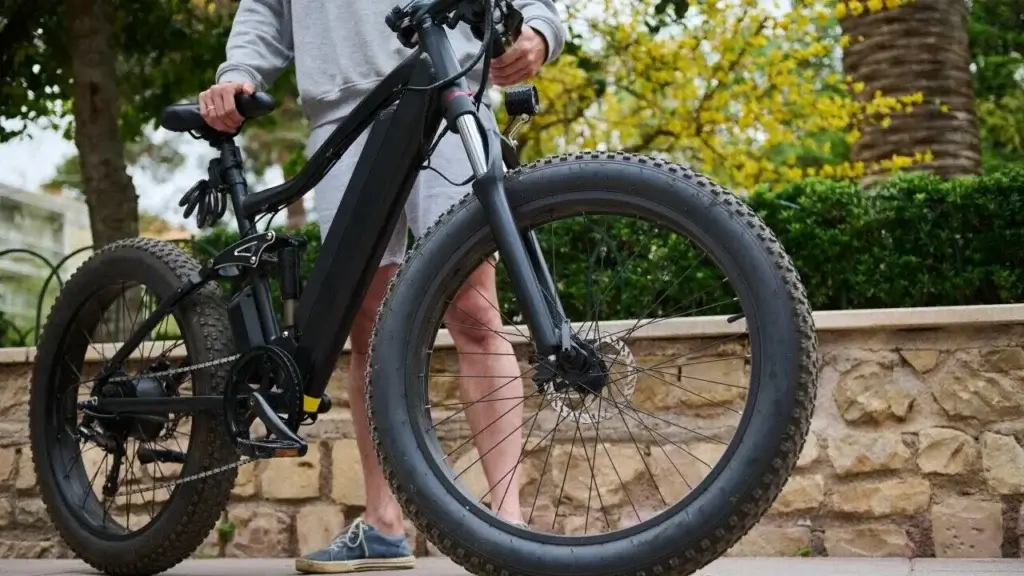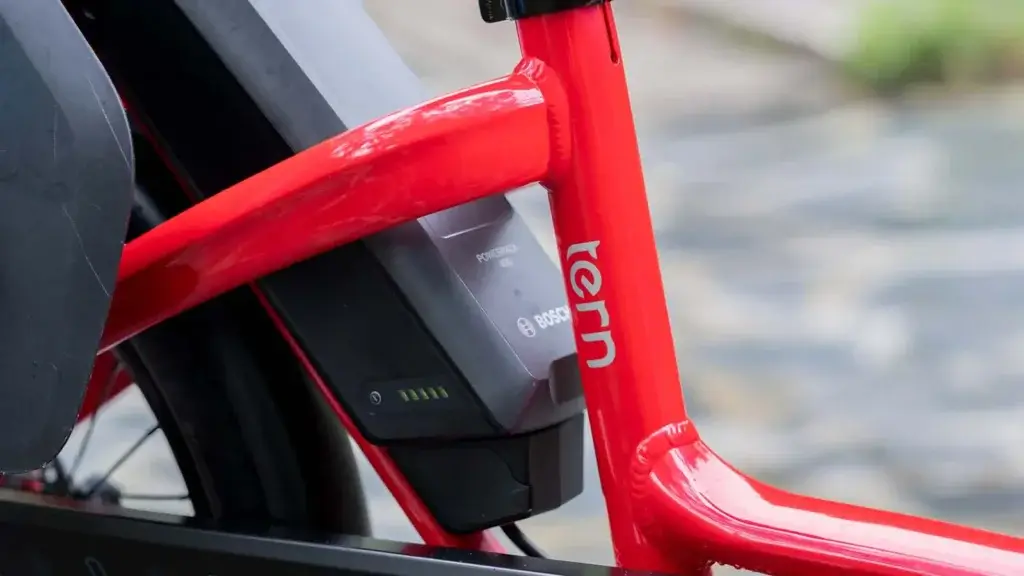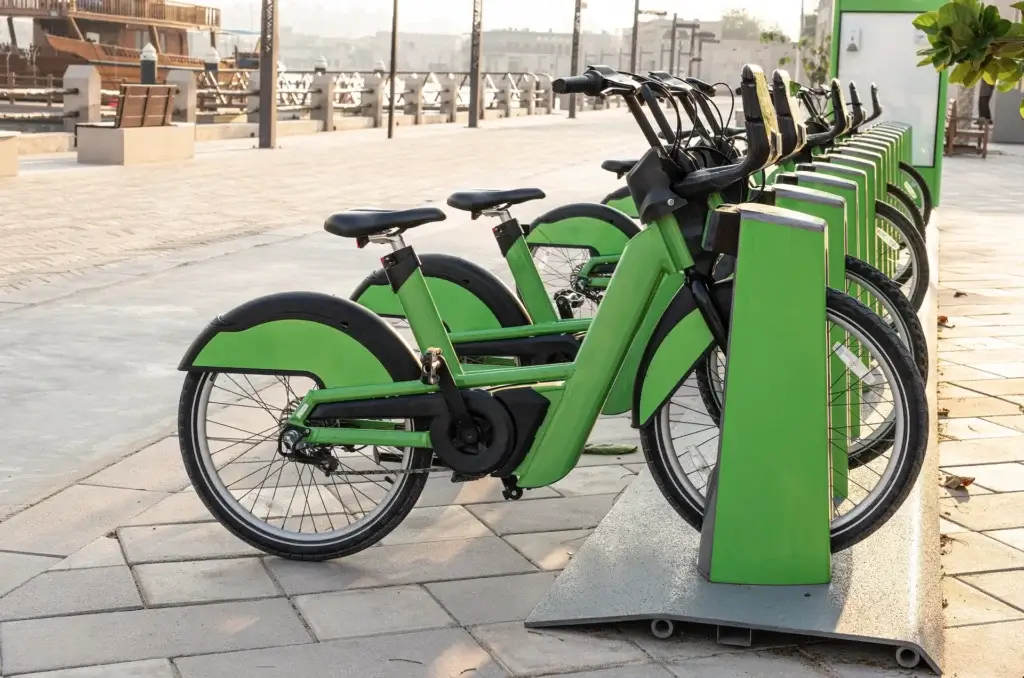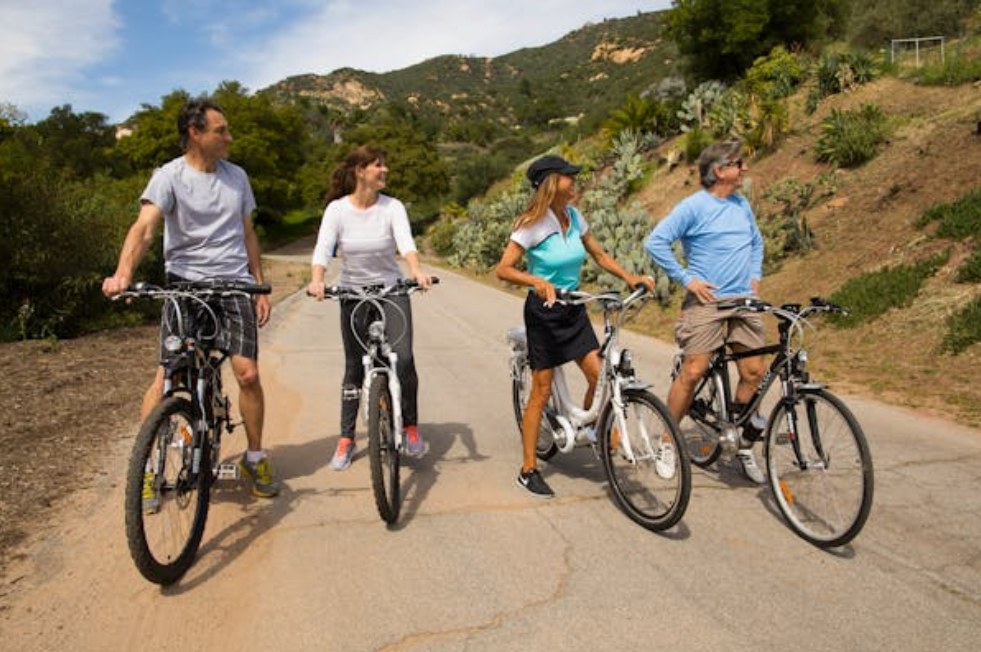E-bikes, also known as electric bicycles, have grown rapidly into an accepted alternative for urban commuters. Aside from that, many commuters see it as a healthy means of exercising during their leisure rides. This has led to the growth in e-bike models driven by new technologies for more leisurely, efficient, and sustainable rides.

Additionally, e-bikes are now frequently seen on roads and bike paths across different countries and states. However, their rapid growth has led to a patchwork of e-bike laws and regulations that can be confusing for riders. Furthermore, it is crucial to understand these e-bike laws in 2025, state and federal, for a safe and legal riding experience.
We’ve put together this guide to help you learn how to understand e-bike laws in 2025.
What You Need to Understand the E-bike Laws
Although e-bike laws are defined differently within various states and provinces, it is essential to know what they entail. This will help you understand what is allowed and what is not in your state or province. From the three-class system to the trails to take and the safety laws, many factors ensure a safe and legal riding experience.
Know the Three-Class System of E-bikes
Based on the three-class system, electric bikes are divided into three classes. This classification is vital because it determines legal requirements, such as speed limits, where you can ride, and helmet laws.
Class 1
This class of e-bike is referred to as pedal-assist bicycles, as they feature only the pedal-assist. Plus, the motor provides assistance only when you are pedaling and stops assisting at a top speed of 20 mph. Furthermore, these bikes do not have a throttle; they are generally treated just like traditional bicycles.
Class 2
This class of e-bike is known as the throttle-assisted bikes. The motor assists the bike without pedalling, but its highest speed is capped at 20 mph. Furthermore, a key feature of the class 2 e-bike is that the throttle can be used to move the bike without pedalling.
Class 3
This type of e-bike is referred to as a pedal-assist only bike (in certain states), and they lack a throttle. Plus, they have a higher speed limit with a motor assist limited to a top speed of 28 mph. However, this class of e-bikes often comes with additional restrictions because of their high speed limit.
Know Your E-bike Speed and Motor Power Limits
To know your e-bike’s class, it is important to know its motor power and speed limits. Although state and local governments make most of the e-bike regulations, a federal definition provides a crucial point of reference. Furthermore, a recognized low-speed e-bike is defined by the CPSC, which regulates consumer products, as a vehicle with fully working pedals. Also, if it possesses a motor that is less than 750W, and can assist with speeds up to 20 mph.

However, some states have adopted their own laws, which sometimes come with stricter limits. So, it is vital to know the maximum legal speed limit of your electric bike.
In addition, Class 1 and 2 e-bikes allow speeds up to 20 mph, while Class 3 e-bikes can only reach 28 mph. Riders who exceed these speed limits in their states or provinces risk their rides being considered illegal, as they violate e-bike regulations.
Know where your e-bikes are allowed (Urban E-bike regulations)
The rules for bike lane access and multi-use trails vary by e-bike class and location. It is important to know the class of your e-bike to know where it is allowed.
E-bikes that fall into the Class 1 and Class 2 categories are permitted to use bike lanes. However, due to the higher speed limit of class 3 e-bikes, they are restricted from specific bike lanes, especially in some urban areas.

In addition to that, class 1 and 2 e-bikes can ride on multi-use trails and roads/pathways, as they are often permitted. Plus, many land management agencies, which range from state parks to federal forests, have their own regulations. However, the class 3 e-bikes are prohibited on some multi-use paths to ensure the safety of riders and other trail users.
Know the E-bike Helmet laws and Age restrictions.
The classes of e-bikes are directly tied to the helmet laws and age restrictions for riders. They are important for the electric bike safety laws. Plus, it comes with stricter rules for faster and more powerful models. For Class 1 and 2 e-bikes, most states do not have a minimum age requirement, but helmets are mandatory for minors, under 16 or 18years of age.

Furthermore, the class 3 e-bikes have stricter rules to ensure safety for riders. In most states, you must be at least 16 years old to operate these higher-speed models of electric bikes. In addition to that, the class 3 e-bike riders must put on helmets, regardless of their age.
Know the Electric Bike Safety Laws
Beyond the e-bike legal requirements of age and helmets, most states also enforce basic safety standards for e-bikes. These safety standards include adding extra features for night riding, such as a reflective front and rear light on the pedals or sides. Additionally, it covers the use of batteries that meet safety standards, like UL 2849 certification, to avoid fire hazards.
Know the Licensing Rules and Insurance Requirements
E-bike licensing rules vary widely by state, with most states not requiring a license for Class 1 and 2 e-bikes. Moreover, most states treat electric bikes like standard bicycles. However, a few states, such as Alaska, Massachusetts, and New York, require a license, registration, or insurance for Class 3 bikes.
Furthermore, always check your local regulations for any changes in rules and requirements. Plus, e-bikes that fall within the three-class system require no licensing, registration, or insurance at the state level. Although most countries do not require insurance, having e-bike insurance helps protect your investment from damage or theft.
Conclusion
Electric bikes are expanding their range, with advanced features and components designed for riders. However, it is essential to understand the laws guiding it to ensure a safe and legal riding experience for all riders. Additionally, you have to understand the federal three-class system of ebikes and the specific regulations in your state and local area. It includes being aware of your e-bike speed limits, where it is allowed, helmet laws, and age restrictions.
Furthermore, you need to know the licensing and registration rules that may apply to your e-bike class. Following this guide will assist in ensuring you have a safe, lawful, and pleasurable riding experience.
Know the class of your e-bike to understand the laws of your location to ride safely and legally!


